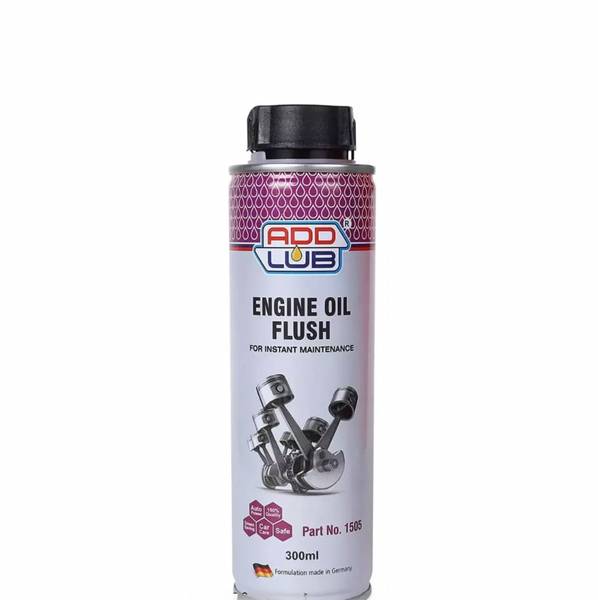When it comes to maintaining your vehicle, the engine often takes center stage. It’s the heart of your automobile, tirelessly converting fuel into motion. However, over time, engines can develop undesirable deposits such as sludge, which can undermine performance and longevity. Understanding how to clean engine sludge is paramount for every car owner intent on preserving the vitality of their ride. Let’s delve into the phenomenon of engine sludge, its implications, and the best practices for keeping your engine pristine.
Engine sludge is a thick, viscous substance formed by the breakdown of engine oil, combustion gases, and contaminants over time. It’s akin to a biological organism marinating in its own waste; a troubling thought, isn’t it? This sludge typically manifests when motor oil degrades due to high temperatures, extended oil change intervals, or inferior oil quality. Operating your vehicle with this buildup can have disastrous effects, including diminished fuel efficiency, increased operational wear, and even catastrophic engine failure.
So, how do we challenge this silent adversary lurking beneath the hood? First, it’s crucial to recognize the warning signs of sludge accumulation. A few indicators to watch for include:
- Discolored oil: Fresh oil is typically golden or amber. If your oil appears dark and gel-like, sludge may be present.
- Engine overheating: Sludge can inhibit proper cooling, as it hampers the flow of oil, leading to elevated temperatures.
- Declining performance: A sluggish response or unusual noises can signal that your engine is struggling against sludge.
Once you have identified potential sludge issues, an active approach is essential. The first step involves an effective cleaning regimen. Here, engine oil flushes can play a pivotal role. A product like the Add lub Engine Oil Flush not only dislodges existing sludge but also revitalizes the engine’s innards.
Using an engine oil flush is a relatively straightforward process. Begin with an oil change to drain old, contaminated oil. Then, pour the engine oil flush into your oil filler cap. Run the engine for a prescribed duration, allowing the agent to circulate throughout the crankcase and interact with the sludge. This chemical action breaks down the stubborn residue, enabling it to be expelled during the next oil change.
But wait! A mere flush is just the beginning of a holistic approach to engine health. It is vital to embrace preventive measures that mitigate sludge formation moving forward. Here are some strategies to consider:
- Regular Oil Changes: One of the simplest yet most effective practices is adhering to a stringent oil change schedule. Consult your vehicle’s manual for recommended intervals and consider getting oil changes every 3,000 to 5,000 miles, especially if your vehicle operates under strenuous conditions.
- Quality Motor Oil: The market is inundated with various motor oil types, but don’t be lured by low prices. Opt for high-quality synthetic motor oil that meets or exceeds your manufacturer’s recommendations. These oils typically contain additives that combat sludge buildup.
- Maintain Optimal Operating Temperatures: Keep an eye on your engine’s temperature gauge. Frequent overheating can lead to accelerated oil breakdown. Address potential cooling system issues promptly.
- Encourage Engine Breathing: Regularly check and replace air filters; a dirty filter restricts airflow, which can increase combustion temperatures and promote sludge development.
- Invest in Additives: Preventive oil additives, when used consistently, can help maintain the integrity of your engine oil and reduce the likelihood of sludge.
Fostering a culture of vigilance is essential. Partake in routine engine inspections, and don’t shy away from seeking the counsel of a qualified mechanic to preemptively address potential issues. Early intervention can be the difference between a long-lasting engine and an untimely trip to the mechanic’s garage.
If you’re already grappling with a significant sludge problem, you might contemplate dismantling the engine. This option is labor-intensive and often exorbitantly expensive; hence, it’s generally considered a last resort. Engage a professional to assess whether your engine requires such drastic measures.
Contrary to common perception, achieving engine wellness is not an insurmountable task; it merely requires a shift in mindset. By respecting your engine and understanding the implications of neglect, you can cultivate its resilience. It’s about establishing harmony between you and your vehicle—recognizing that your conscientious efforts today dictate the performance and reliability of your engine tomorrow.
Ultimately, your effort in battling sludge will yield dividends in the form of enhanced performance, lifted fuel efficiency, and prolonged engine life. As the proverbial saying goes, an ounce of prevention is worth a pound of cure. Embrace a proactive stance in maintaining your engine, and turn the tide against engine sludge. Your vehicle will thank you with every mile traveled.
